Navigating the world of distribution in China can be tricky, but it’s crucial for any business wanting to succeed there. This guide is all about helping you understand how to get your products to Chinese customers effectively. China’s market is huge and full of opportunities, but it’s also pretty complex.
We’ll look at how to choose the best distribution channels, understand what Chinese customers want, and handle the logistics of getting your products across this vast country. Whether you’re just starting out in China or already have some experience, this guide will give you the know-how to make your distribution strategy work smoothly.
Need a cost effective TP (Tmall Partner) to sell in China?
We are an Official Tmall Partner e-commerce Agency. Our Services: E-Commerce, Search Engine Optimization, Advertising, Weibo, WeChat, WeChat Store & PR.
Finding Reliable Chinese Distributors is Hard Work
In order to maximize your potential for expansion in China, you will need to manage a solid sales strategy while developing your distribution network. Keep in mind that due to cultural differences and sometimes a lack of understanding of the distribution landscape in China, many brands have found themselves in trouble trying to enter the Chinese market.
Below we will expand on the following points to understand how the distribution of goods works in China:
- Challenges of goods distribution in China
- Logistics and distribution in China
- How to be cost & time efficient
The Challenges of China Distribution
A successful distribution strategy is a crucial step for any company wishing to export products to China, even if it is not something easy to do …

Key challenges that multinational B2B companies face when entering the Chinese market:
- Distributor fragmentation: given the size of China, many small distributors are not willing to extend their activities to other regions … they, therefore, push companies to seek new partnerships or limit their development in China.
- Many differences between regional markets: variations between regional markets can limit pricing strategies and require different capacities for distributors
- Diversification is necessary: with the rapid development of online B2B platforms, companies must consider developing a multi-channel strategy to optimize the management of their distribution through a distribution system both online and offline.
- Financial tightening: many local B2B distributors have limited funds and insufficient capacity to maintain large stocks.
- Legal challenges: foreign companies must seek distribution partners with sufficient capacity to cope with the legal approval process at several levels.
You can understand here that entering the Chinese market can be a real challenge for companies, regardless of how rewarding it can be.
Distribution in China: what do you need to know before getting started
- The cultural divide
- Different business behavior
In order to take full advantage of the Chinese opportunity, and before detailing the different strategies that you can use according to your business model, here are some things to think about from the start:
- The desired degree of control over your product
- The desired degree of control over your pricing
- The place that will be covered (China is a BIG country)
- Do you need to keep certain business channels separate?
- What capacity will you need to manage multiple distribution channels/distributors?
- What marketing support and investment will you need?
- Can you do it yourself or do you need an expert to help you?
Logistics and Distribution Models in China
Selling in China, whether through building a distribution network or direct selling is more complex than just wishing to sell in China. Here are two things you’ll have to do no matter which channels to decide to go with:
- Research the Chinese market: Before entering the Chinese market, it is important to understand the unique dynamics of the country’s consumer landscape. This can be done by conducting market research into local preferences and trends.
- Establish a presence in China: In order to sell products in China through a distribution network, it is first necessary to establish a presence in the country. This can be done by establishing a local subsidiary or partnering with a local distributor.
Selling in China through Chinese Distributors: Convenient but Limited
A basic and most common model for companies wishing to develop new markets.
How does it work?
You give a percentage of your turnover (usually around 50%) in exchange for local distributors who handle sales on your behalf. Depending on the notoriety of your product and the negotiation process, a distributor may possibly buy your stock so that you can benefit from it.
What does that mean for you?
They do the work for you, which means less profit margin and surely more concerns about quality control and branding … If your product already works, they will sell it well. Otherwise, your product will queue up behind the best sellers.
Make sure distributors have already signed different brands offering the same type of product as yours. And they are only interested in the one who gives a result. If you lack a reputation in China, distributors will not pay you much attention.
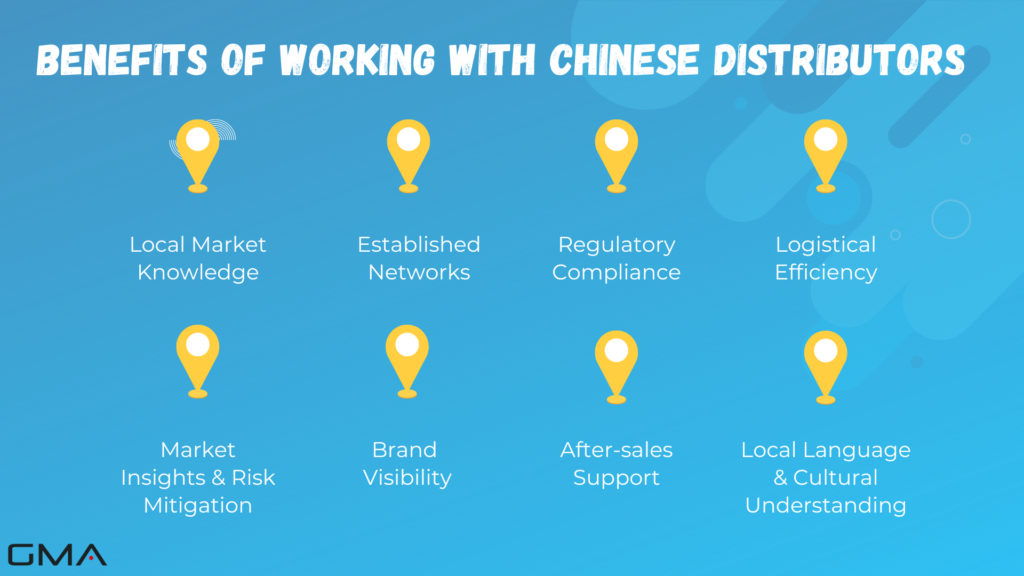
What are the most common deal models with Chinese distributors?
- Exclusivity: we do not recommend it. It’s complicated to manage. A distributor is not a partner. And he will put his interests before yours.
- Multi-distributor: a good strategy. You control the distribution process and this will allow you to have a good presence in China, your own registration in the country, and a strong brand.
- Direct distribution: you sell and deliver the products by yourself. You have full control of operations. You will not have to bear the intermediary costs but you will have a significant initial cost (stores + warehouse)
Be Bold and Go for a Direct Selling Approach, Distribute Your Products Yourself
How does it work:
- Your company enters the market and works with an export company to reduce the cost and complexity of exporting products to China
- Your company hires experts to handle inventory, logistics, and warehousing. You can also hire a service provider to support your e-commerce operations.
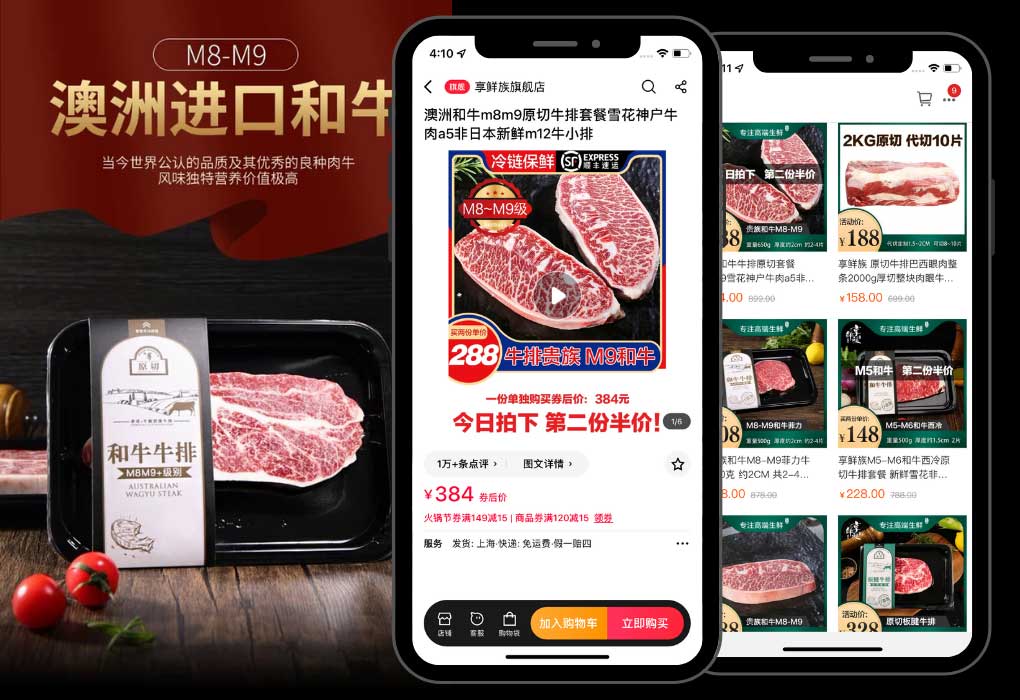
What are the main benefits for your business?
It is a vertical integration system that allows your business to increase its net revenues while using online platforms and absorb certain initial costs, including the cost of inventory.
The “Safest” Way: Distribute your Goods in China Through Cross-Border E-Commerce
One of the best entry doors to the Chinese market for any type of company.
Cross-border eCommerce (CBEC) is the buying and selling of goods and services between countries through electronic commerce. In China, CBE is growing rapidly as Chinese consumers become more comfortable with buying products from foreign merchants.
The most popular items sold through CBEC in China are luxury goods, followed by cosmetics and health supplements. The top international merchants selling to Chinese consumers are Amazon, eBay, Alibaba, Suning Commerce, Netease Kaola, JD Worldwide, 1688.com, and Tmall Global.
Should you go for the cross-border e-commerce option in China as an alternative to traditional distribution?
You should if:
- You wish to enter the Chinese market but you are not ready to invest in setting up an entity in China yet
- You just wanna try out the market before making any final decision
- You want to have more control over your branding, listing, pricing, and so on
- You do not want to be attached to a middle man and the risks that come with it

The benefits of cross-border eCommerce in China? You are not required to have a Chinese business license or warehouse in China. You can deliver your product by the postal service or use a bonded warehouse. A good way to experience the sales operation in the Chinese market and reduce your costs as an intermediary, physical store, sellers, and inventory.
To Distribute your Product in China: Invest in Branding
When looking for distributors keep in mind, that whether you choose to use an online or offline distribution system in China, keep in mind that each distributor can handle between 40 and 200 brands. Thus, they will not be interested in yours in particular, especially if others develop faster.
For online e-commerce platforms, it’s even worse. Some platforms such as Tmall Global receive thousands of requests every day. You will understand here that cooperation with a distributor in China is not an easy task.
Reasons why a Chinese distributor would want to distribute your product:
- Your product/company is famous in China
- You have a perfect position to maximize profits on a specific target
- You have a strong reputation
Work on Your Online Presence
Make a website in Chinese and register on a Chinese domain
If you want Chinese customers to be able to find and purchase your products online, you need to have a Chinese website that they can access and that will be indexed by Baidu. Also, most Chinese people do not speak English.
To build a distribution network in China Baidu is essential
Having a Chinese website is good, but not enough. They do not trust companies … before buying anything from you, the Chinese will seek information on Baidu, their Chinese Google. Distributors will seek information about your product/brand (this can be reviews, comments on something specific, forums, or general research)

Work on Your Reputation: Chinese Social Media Are Key
Open an official account on Weibo
As one of the most popular Chinese social with the most engaged users, Weibo is key to growing your visibility as a company in China. It is also the preferred platform for KOLs marketing. Being active on Weibo will give you the brand awareness you need in China with both distributors and direct consumers. And yes, distributors will be looking for you not only on Weibo but also on WeChat, Baidu, Zhihu, and so on.
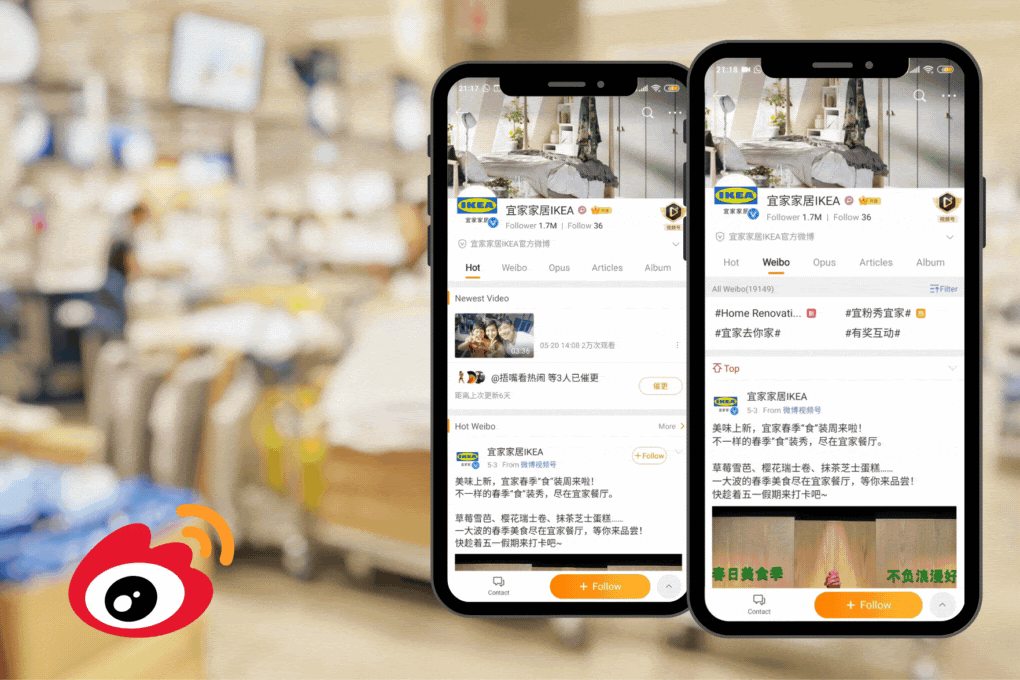
Plus: Weibo offers powerful paid advertising options that can help you reach even more people quickly and easily, so if you want to target a large audience and engage with potential customers, it’s the way to go.
Leverage WeChat Ecosystem
WeChat is the Chinese Facebook. Everyone uses WeChat in China. A super messenger APP that also has a “moment” system allowing people to share content (messages, photos, videos) and personal comments.

Chinese Distributors: Active Prospection
Once you have done sufficient work on your branding and your e-reputation in China, you should combine your online strategy with a more direct approach: active prospection.
Active prospection is when your branding effort pays off. Chinese distributors will research your brand through Chinese digital platforms to assess your potential. They will check:
- If Chinese consumers like it and have already bought your product
- What is the quality? What do users say about it on forums and social networks?
- How many followers do you have on Weibo and WeChat?
- How many media are we talking about? What can they find on Baidu?
- Packaging
And since this is never enough, you will also have to work on your packaging. It should be:
- Attractive
- Good quality
- Adaptation to your positioning
- Adapted to the Chinese market (successful brands in China build a very specific range of products adapted to local consumers)

Finally, to manage your cooperation with distribution partners, here are some things to keep in mind:
- Spend time with the distributor to study the market and understand their skills/abilities
- Understand the reasons behind the margin, where the cost is expensed, and where value is created
- Transparency of retail price levels in different channels
- Jointly develop sales targets and review them periodically
Distribution in China: Conclusion
It’s not enough to simply have a product that you want to sell in China. You also need a deep understanding of the Chinese market, as well as a well-developed distribution network.
Building a successful distribution network in China is difficult and requires significant active prospection. There are many factors that need to be considered, such as the cultural differences between China and other countries, the vast size of the country, and the different distribution channels that are available in different regions.
In order to build a successful distribution network in China, it’s essential to have a strong local partner who understands both the Chinese market and the local distribution channels. This partner can help you navigate the complex Chinese business landscape and develop a strategy that will enable
Need Help With Distributing Your Goods in China?
In the complex and competitive landscape of distribution in China, Gentlemen Marketing Agency stands as your ideal partner, offering specialized services and expertise to navigate these challenges effectively. Our deep understanding of the Chinese market dynamics and proven strategies can help your business achieve successful distribution across this vast nation.
At Gentlemen Marketing Agency, we offer:
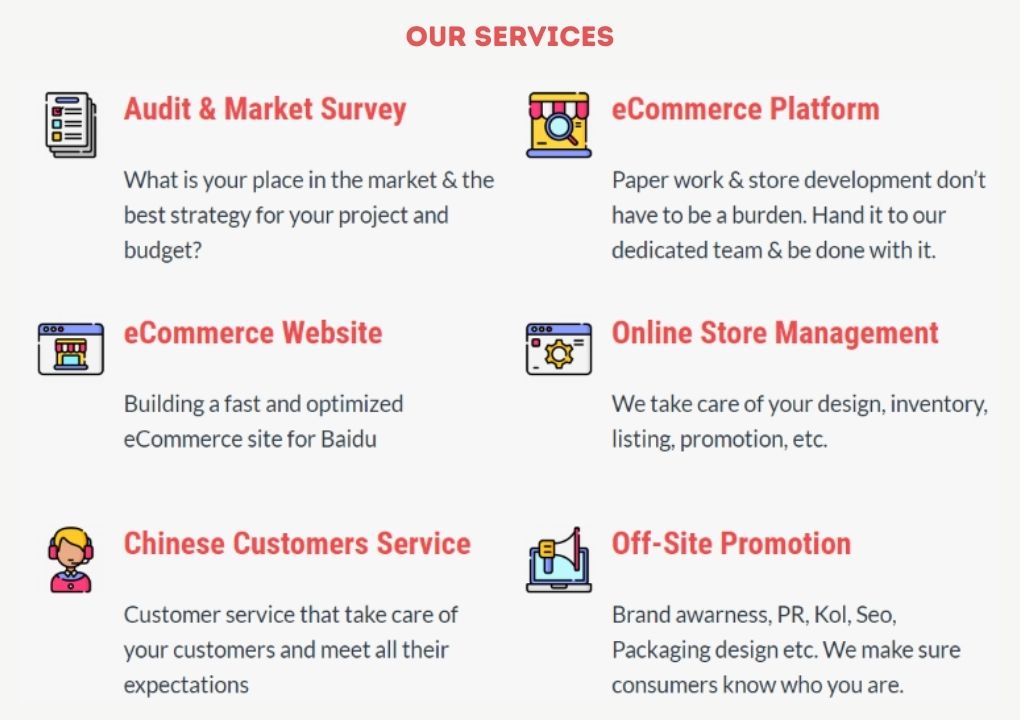
- Tailored Distribution Strategies: Our team crafts bespoke distribution plans that align with your business objectives and target audience in China, ensuring your products reach the right places at the right time.
- Market Insight and Analysis: We provide valuable insights into the latest trends, consumer behaviors, and preferences within the Chinese market, enabling you to make informed decisions and stay ahead of the competition.
- Partnership and Network Development: Leveraging our extensive network, we help you identify and collaborate with reliable local distributors, retailers, and e-commerce platforms, ensuring an efficient and effective distribution network.
- Digital Marketing Solutions: With our expertise in digital marketing, we enhance your online presence on key Chinese platforms, driving awareness and demand for your products, and supporting your overall distribution strategy.
- Logistics and Supply Chain Optimization: We assist in streamlining your logistics and supply chain operations, addressing challenges such as warehousing, transportation, and compliance with local regulations.
- Customized Service and Support: Understanding that each business is unique, we offer customized solutions and ongoing support, adapting to your changing needs as your business grows in the Chinese market.
Partner with Gentlemen Marketing Agency and unlock the full potential of your distribution efforts in China. Our comprehensive approach and dedicated expertise are the keys to expanding your business successfully in this dynamic market. Contact us today!


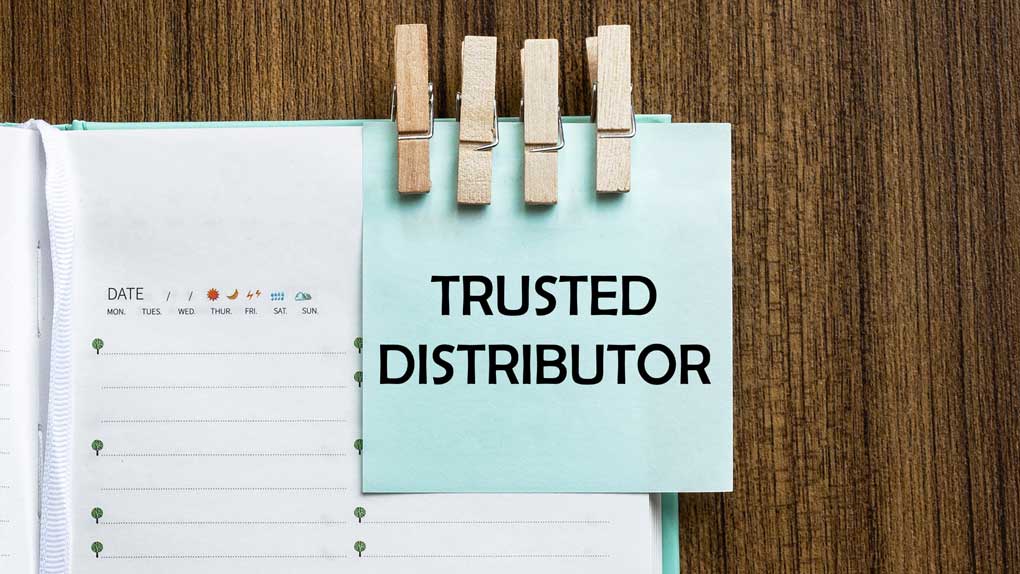
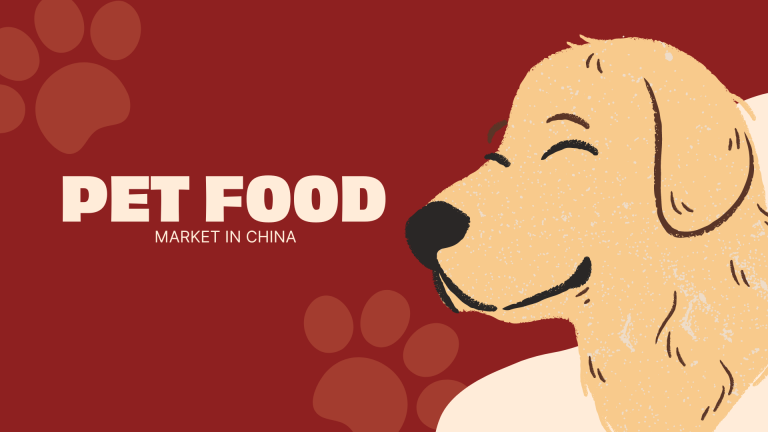




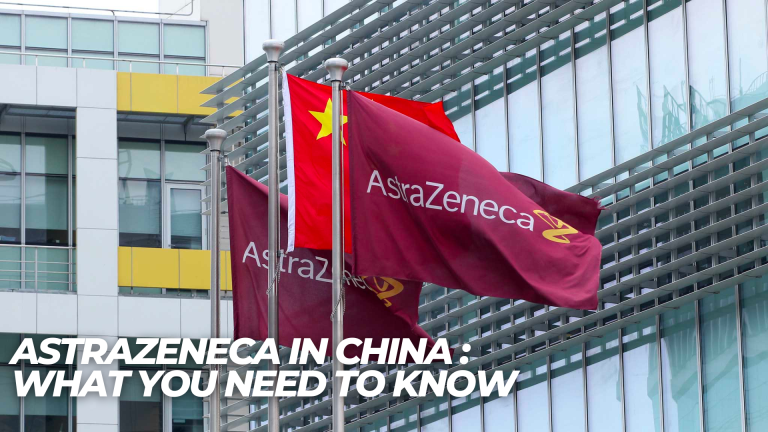
Really interesting to know the main challenges and the different ways to distribute in China
Hi,
Please advise if you would like to help us push this product into China & Hong Kong. Already we have a small client in Hong Kong
We already contact you. How is your business?